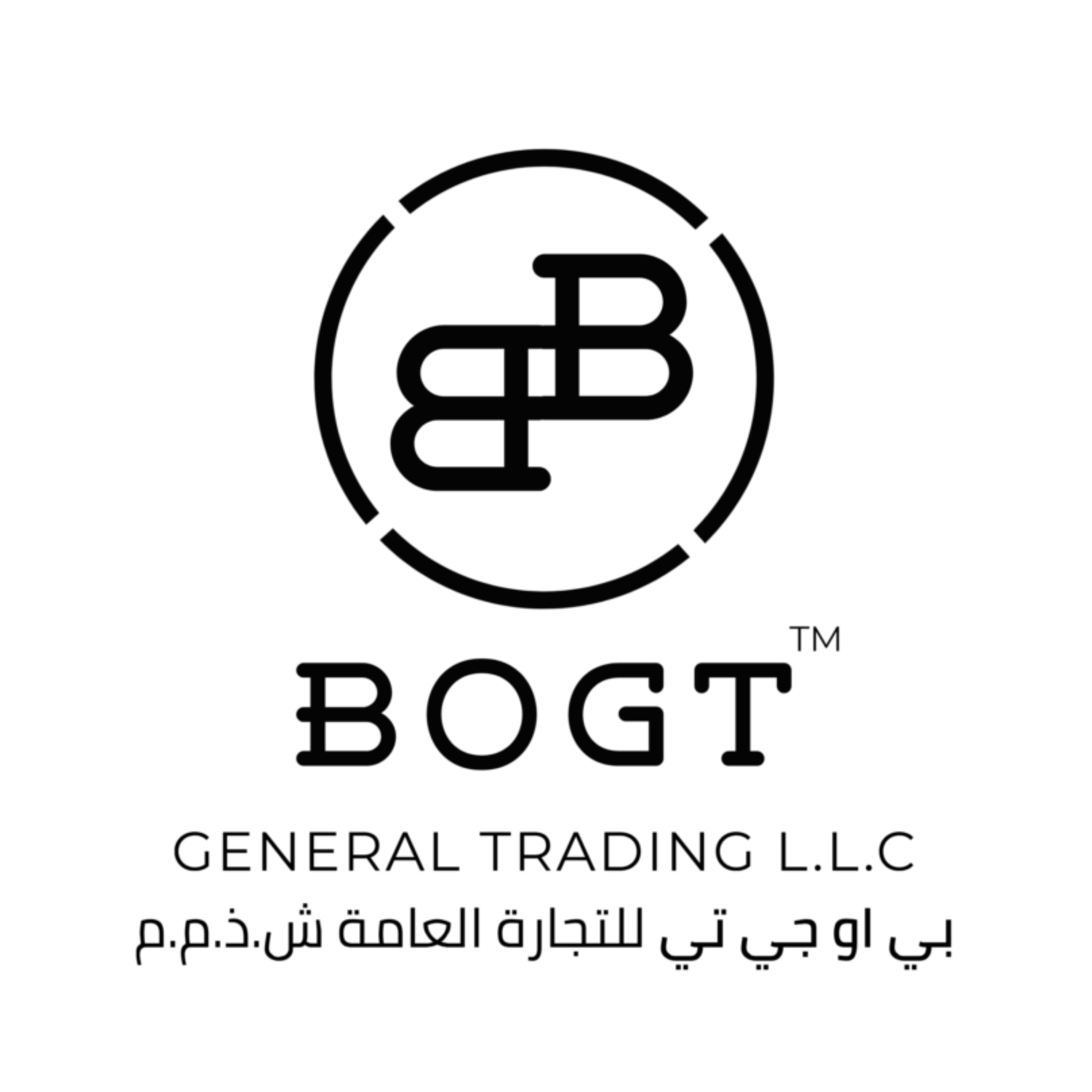In the highly competitive landscape of online casinos, understanding player feedback is crucial for maintaining trust and ensuring transparency. Modern review analysis exemplifies a timeless principle: genuine insights stem from systematically interpreting user experiences. For instance, platforms like lucky casino serve as valuable case studies in how feedback can be harnessed to reveal a casino’s true reputation beyond marketing claims. This article explores effective methods to analyze player reviews, the tools facilitating this process, and the tangible benefits for casino operators seeking honest insights.
Contents
- Identifying key patterns in player reviews for accurate casino assessments
- Implementing effective tools for aggregating and interpreting feedback data
- Assessing the influence of player comments on casino reputation and ratings
- Enhancing transparency and honesty through feedback-driven insights
- Measuring the tangible benefits of feedback analysis on casino operations
Identifying key patterns in player reviews for accurate casino assessments
Utilizing sentiment analysis to gauge overall satisfaction levels
Sentiment analysis employs natural language processing (NLP) techniques to evaluate whether player comments are positive, negative, or neutral. Studies show that casinos with higher proportions of positive reviews typically enjoy better ratings and increased trust. For example, by analyzing thousands of reviews, a casino can determine if players generally appreciate game variety or if issues like slow withdrawal times dominate feedback. This approach transforms qualitative comments into quantifiable data, enabling precise assessment of customer satisfaction levels.
Detecting recurring issues and praise points from user comments
Identifying common themes in reviews helps casinos prioritize operational improvements. For instance, if multiple players mention difficulties with verification processes, this signals an area needing attention. Conversely, frequent praise for responsive customer support indicates strengths to be further promoted. Pattern recognition tools can automatically flag such recurring points, saving time and ensuring that feedback directly informs strategic decisions.
Mapping feedback trends to specific casino features and services
By correlating review content with specific features—such as payout speed, game fairness, or mobile interface—casinos can pinpoint which aspects influence player perceptions. For example, an upward trend in positive comments about live dealer games suggests successful enhancements in that area. Conversely, declining satisfaction with promotional offers may prompt reevaluation of marketing strategies. This trend mapping ensures that feedback analysis is not just reactive but strategically aligned with service development.
Implementing effective tools for aggregating and interpreting feedback data
Choosing platforms that facilitate real-time review collection
Modern casinos leverage review aggregation platforms that provide real-time data feeds, allowing immediate responses to emerging issues. Tools like Trustpilot or custom-built dashboards collect reviews from multiple sources, offering a comprehensive view of player sentiment. Integrating these platforms with casino management systems enables prompt action, which is essential in a fast-paced online environment.
Applying machine learning algorithms to categorize and prioritize feedback
Machine learning (ML) enhances feedback analysis by automatically classifying comments into categories such as complaints, compliments, or suggestions. Algorithms like natural language classification or sentiment scoring help prioritize urgent issues, ensuring prompt resolution. For example, an ML system can flag a surge in negative reviews about payout delays, prompting immediate investigation and mitigation measures.
Visualizing feedback insights through dashboards for quick decision-making
Data visualization tools like Power BI or Tableau transform raw feedback into intuitive dashboards. These dashboards display key metrics—such as sentiment trends, issue frequency, and feature-specific ratings—allowing decision-makers to grasp complex data instantly. For example, a dashboard may highlight a declining trend in mobile user satisfaction, prompting targeted improvements in mobile app performance.
Assessing the influence of player comments on casino reputation and ratings
Correlating feedback volume and quality with overall ratings shifts
Research indicates that a high volume of positive reviews tends to elevate overall ratings, while negative feedback can rapidly diminish perceived trustworthiness. For example, an uptick in positive comments about fair gameplay can lead to rating improvements, whereas a spike in complaints about withdrawal issues might cause ratings to decline. Understanding this correlation helps casinos manage their online reputation proactively.
Understanding the impact of negative reviews on player trust
Negative reviews, especially when persistent, can erode player trust if not addressed transparently. Studies demonstrate that timely, honest responses to criticism can mitigate damage and even turn dissatisfied players into loyal advocates. For instance, publicly acknowledging issues and outlining corrective actions reassures prospective players about the casino’s integrity.
Leveraging positive feedback to enhance marketing strategies
Positive comments serve as authentic testimonials that can be integrated into marketing campaigns. Highlighting player praise about seamless deposits or engaging games increases credibility. Additionally, sharing aggregated positive sentiment fosters community trust and encourages new players to join.
Enhancing transparency and honesty through feedback-driven insights
Sharing aggregated player sentiments to build community trust
Publishing summarized feedback results—such as satisfaction scores or common concerns—demonstrates openness. Transparency fosters a sense of community and shows players that their opinions influence casino improvements. For example, a quarterly sentiment report can be shared on the casino’s website to showcase ongoing commitment to player satisfaction.
Implementing transparent responses to common concerns in reviews
Addressing frequent issues publicly not only resolves specific complaints but also signals honesty to potential players. For instance, responding to reviews about slow withdrawal times with detailed explanations and action plans enhances perceived integrity.
Using feedback to verify and improve casino transparency measures
Feedback analysis can validate the effectiveness of transparency initiatives, such as clear terms and conditions or responsible gambling tools. When players acknowledge these measures positively in reviews, casinos gain confidence that their transparency efforts are effective.
Measuring the tangible benefits of feedback analysis on casino operations
Tracking improvements in customer retention linked to feedback responsiveness
Data shows that casinos responding promptly and effectively to reviews experience higher retention rates. For example, implementing changes based on recurring complaints about game fairness can lead to increased player loyalty.
Evaluating operational changes driven by player suggestions
Periodic review analysis allows casinos to assess whether operational adjustments—like expanding game selection or improving website navigation—result in higher satisfaction scores. This feedback loop creates a continuous improvement cycle grounded in real user experiences.
Quantifying increases in ratings accuracy and credibility over time
As feedback analysis becomes ingrained in operational strategies, ratings tend to reflect a more accurate picture of casino quality. Over time, this transparency enhances credibility, attracting more discerning players.
“The most trustworthy casinos are those that listen and adapt based on genuine player feedback. This approach transforms reviews from mere comments into strategic tools.”




